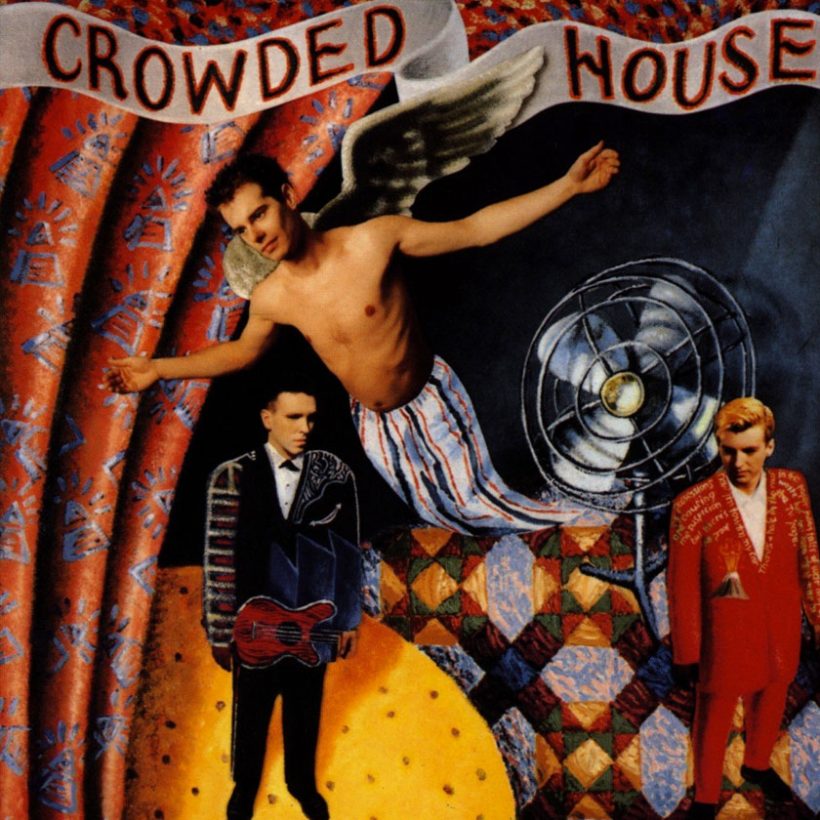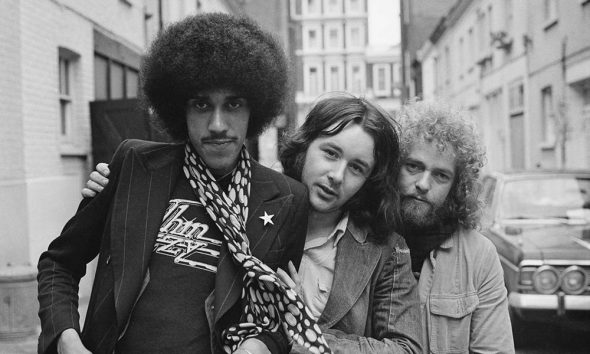‘Crowded House’: Revisiting The Aussie Icon’s Rousing Debut Album
On the back of a seismic chart performance by their single ‘Don’t Dream It’s Over,’ the world woke up to Crowded House’s rousing debut album.

Having first joined his big brother Tim’s band Split Enz at the tender age of 18, Neil Finn quickly made his mark on the international stage, penning the Kiwi rockers’ first global hit, “I Got You,” in 1979.
Neil went on to write a further clutch of hits for Split Enz, including “One Step Ahead,” “History Never Repeats” and “Message To My Girl,” but by the end of 1984 the band had called it quits, with Tim Finn having already released his first solo LP, Escapades.
During their final Enz With A Bang tour of late ’84, Neil and Split Enz’s latter-day drummer, Australian-born Paul Hester, decided to form a new group. Basing themselves in Hester’s hometown, Melbourne, this fledgling outfit – initially dubbed The Mullanes – took shape early in ’85, by which time bassist Nick Seymour (brother of Mark Seymour, frontman with cult Aussie rockers Hunters & Collectors) and guitarist Craig Hooper (formerly of The Reels) had also been recruited.
The Mullanes started gigging in the summer of ’85 and quickly secured a deal with Capitol, though Hooper quit before the remaining trio moved to the US to record their self-titled debut LP in LA. Further changes occurred after the band touched down in California. Capitol were unhappy with the name The Mullanes, but they agreed to the band’s mooted alternative, Crowded House, which derived from the cramped apartment the label provided for the three musicians in the Hollywood Hills.
Aside from the purposeful “Can’t Carry On” (produced by ex-Split Enz keyboardist Eddie Rayner), the bulk of the band’s highly accessible eponymous debut was recorded at two plush LA studios, Capitol Recording and Sunset Sound, where engineer Tchad Blake and Elvis Costello/Sheryl Crow producer Mitchell Froom manned the console, and the latter added the record’s subtle, but decisive organ and piano parts.
Commercially, Crowded House was a slow-burner. Despite being trailed by a trio of superb, radio-friendly singles courtesy of the rousing, horn-assisted “Mean To Me,” the classy, harmony-laden “World Where You Live” and the swaggering “Now We’re Getting Somewhere,” Capitol granted the LP only low-key promotion in the US. Indeed, the band only gained a foothold internationally after the album’s fourth single – Finn’s yearning, anthemic “Don’t Dream It’s Over” – swept to No.2 on the US Billboard Hot 100 in April ’87.
On the back of this evergreen single’s seismic chart performance, the world eventually woke up when Crowded House reached No.1 in Australia and peaked at No.12 on the US Billboard 200 a full 12 months after its initial release in June ’86. Further boosted by its spirited fifth single – “Something So Strong” – again broaching the US Top 10, the LP eventually earned its creators platinum discs in Australia, Canada, and North America. Its deluxe 30th-anniversary reissue (which features a raft of B-sides, demos, and rarities as bonus tracks) reveals that this most sparkling of debuts has lost none of its original luster.












